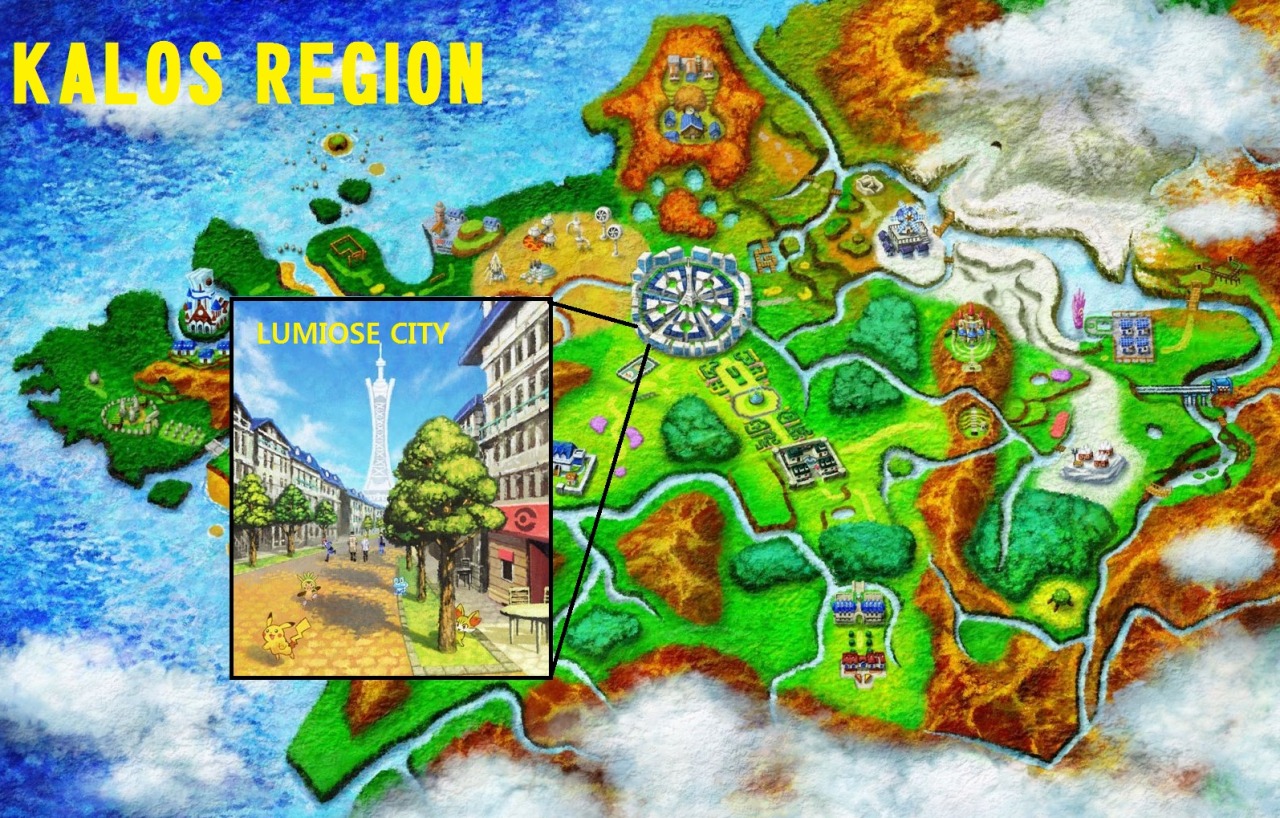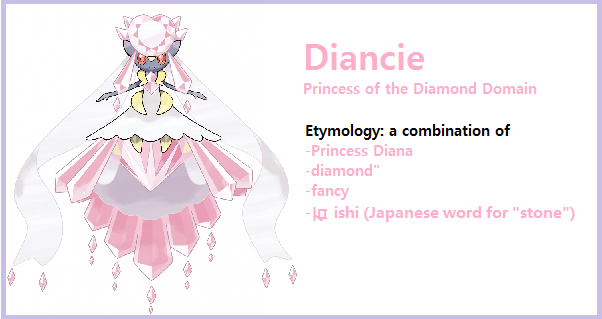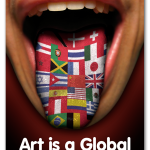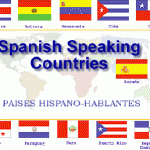Blog 4
now browsing by tag
Linguistics Links
I am interested in linguistics because I would like to teach english as a second language. Most people who want to teach english, want to teach abroad. There are plenty of places all over the world to teach.
For someone to teach english, you’ll have to know at least one other language. There are lots of ways you can learn another language: online, in a classroom, and even by just going abroad! And there are plenty of people out there willing to give advice on how to learn a language. Here is a map of languages spoken throughout the world.
Also a very interesting thing to learn about is the different dialects spoken throughout the world. This website is a very detailed database of different dialects, where they are found, and the differences between similar dialects. In other classes I have more specifically learned about dialects of Spanish.
And to reward yourself for all your hard work and learning, here are some fun linguistics links:
Border Livin’
A big part of living a walking distance from the border to Mexico, means that two different cultures, customs, foods, people, and of course, languages collide and begin to merge into one.
SPANGLISH
Although i am not completely in favor of the use of spanglish, it is something that gradually happens as two different countries collide. It is a mix of english and spanish by speakers who have at least a basic understanding of both. I am sure this is also the case in border towns across the world. Many people agree that it is acceptable to use it and even defend it by explaining there is also a right way of speaking it with rules and syntax. Others simply simply classify it as jargon that “uneducated” people use. It cannot be classified, however, as a pidgin because its history can be traced (Spanish and English) and is not an entirely new language. Not surprising, even Hollywod has acknowledged the fact that Spanglish is big, bg enough to make a movie starring Adam Sandler.
http://en.wikipedia.org/wiki/Spanglish
https://www.youtube.com/watch?v=HXkSBXrdDxs
SAN DIEGO/TIJUANA
For many, home isnt one house, one city, or even one country. It includes the best of both worlds! (Yes thats a Hannah Montana song reference…) These border towns are the most visited in the world, bringing and taking different slang, and shared words. In a car ride home, we can hear the news regarding traffic from Mexico into the US as so many people cross every day. Even local newspapers have sections for it enabling easier access.
http://pehemedia.com/wp-content/uploads/2013/04/tij-sd.jpg
http://en.wikipedia.org/wiki/Mexico%E2%80%93United_States_border
http://www.utsandiego.com/news/local-topics/border-baja/
LINGUISTICALLY DELICIOUS FOODS
As many people that have moved to beautiful San Diego from across the country, they have tasted the many finger licking good foods Mexico has to offer right here in the United States. Although many are authentic (or at least claim to be) Mexican foods, there are numerous Mexican dishes with a touch of American familiarity. (No, Taco Bell is not real Mexican food, but it is an Americanized version of it.) We see a mixture of spanish and english in the very foods we all enjoy such as carne asada fries, jalapeno poppers, fish tacos, chicken quesadillas, etc. Dont get me started on the Tostilocos…
http://www.singlepage.com/on-the-border-79/menu?ref=yahoo
http://dontheapron.wordpress.com/2012/02/22/street-food-at-the-tijuanasan-diego-border/
http://www.sandiegomagazine.com/San-Diego-Magazine/August-2014/Best-of-Tijuana/
http://ryanandelizabethshideler.blogspot.com/2012/01/food-friday-tostilocos.html
MAS LINKS INTERESANTES Y DELICIOSOS (More interesting and delicious links)
https://sp.yimg.com/ib/th?id=HN.607993290176990331&pid=15.1&P=0
http://www.traditional-mexican-culture.com/traditions-of-mexican-american-culture.html
Interesting Links
Here are just a few links I’d thought were relevant to language and linguistics.
Foreign Languages
-This are two that i used to help me study Japanese
http://www.easyjapanese.org/index.html
http://www.freejapaneselessons.com/
– I used this one to help myself learn a few words in Italian
http://www.oneworlditaliano.com/english/italian/italian-course-free-online.htm
Pidgins and Creole
-Because the topic of Pidgin and Creole languages where so interesting to me, here is a few links relating to it.
http://www.eyeofhawaii.com/Pidgin/pidgin.htm
http://aboutworldlanguages.com/creole-languages
Accents and Dialects
-Something i also found interesting about languages is how slowly over time, people start talking differently . even though it is the same accent, they develop differences. Accents and dialects show were you come from.
http://www.dialectsarchive.com/united-states-of-america
http://aschmann.net/AmEng/
Other Useful Links
-Here are just a few links that are related to linguistics that i found relevant.
http://en.wikipedia.org/wiki/Neurolinguistics
http://en.wikipedia.org/wiki/Origin_of_language
-This one covers just about everything i have learned in the class so far. its a good review for things forgotten about.
http://ielanguages.com/linguist.html
So, the new Pokémon game came out last week… (Link Blog)
…and, yes, Pokémon is still very much relevant today.

As with every release of each new Pokémon game, hundreds of these little critters are being introduced to the world. What began as a franchise consisting of 151 Pokémon species, is now home to a total of 719 different creatures (excluding 2 new Pokémon which has yet to be officially revealed)!
What fascinates me most about Pokémon, however, is how diverse and complex this fictional world has become, and a part of this is how Language (and basic concepts of Linguistics) are integrated in the franchise.
Believe it or not, the world of Pokémon, although largely fictional, is based on real places on earth. Furthermore, they are not limited to only specific places in Japan but extends to other regions. For example, the Kalos Region, one of 6 major regions in the Pokémon world, is based on France. Its capital, Lumiose City, is based on Paris, and the Prism Tower found in the city is, of course, inspired by the Eiffel Tower.

How does this relate to Linguistics in the Pokémon world? Well, it has to do with diversity. Because the Pokémon world consists of such diverse regions with its own unique inhabitants, Language Variation and Language Contact (Loanwords and Pidgin/Creole Languages) exist.
While it does sound childish, the names of each Pokémon are quite interesting. Looking at the etymology of each name often show a mix between different languages (A list of Pokemon name origins).
A more complex name can be seen in the newest Pokémon, Diancie (Pokémon #719), which includes the use of loanwords.

As mentioned before, “Pidgin” Languages also exist in the Pokémon world. Although not as extensive as real Pidgin Languages, the Orange Islands is a region that has its own unique versions of the language, varying with each different island.
Finally, there is an entirely separate language spoken by the Pokémon themselves. Interestingly enough, there are quite a lot of similarities between Pokemon Language and Animal Communication in Linguistics. Morever, the humans in the Pokémon world are unable to learn and understand Pokémon language just as humans in the real world can not learn animal language.
In fact, there are many cases in the Pokémon world where children are raised by Pokémon (ex. Kangaskhan Kid). They are pretty much similar to feral children (ex. Genie) in that it is extremely difficult for them to acquire human language. Chomsky’s critical period hypothesis? Perhaps. Perhaps not.

There is, however, a very odd Pokémon named Meowth that can speak and understand both Pokémon and human language. The way this creature acquired human language is very similar to how babies acquire language (Child Language Acquisition) and the stages involved in first language acquisition (Babbling Stage -> One Word Stage -> Multi-Words).


Well, that’s it for my geeky take on Pokémon and Linguistics.




 D5 Creation
D5 Creation